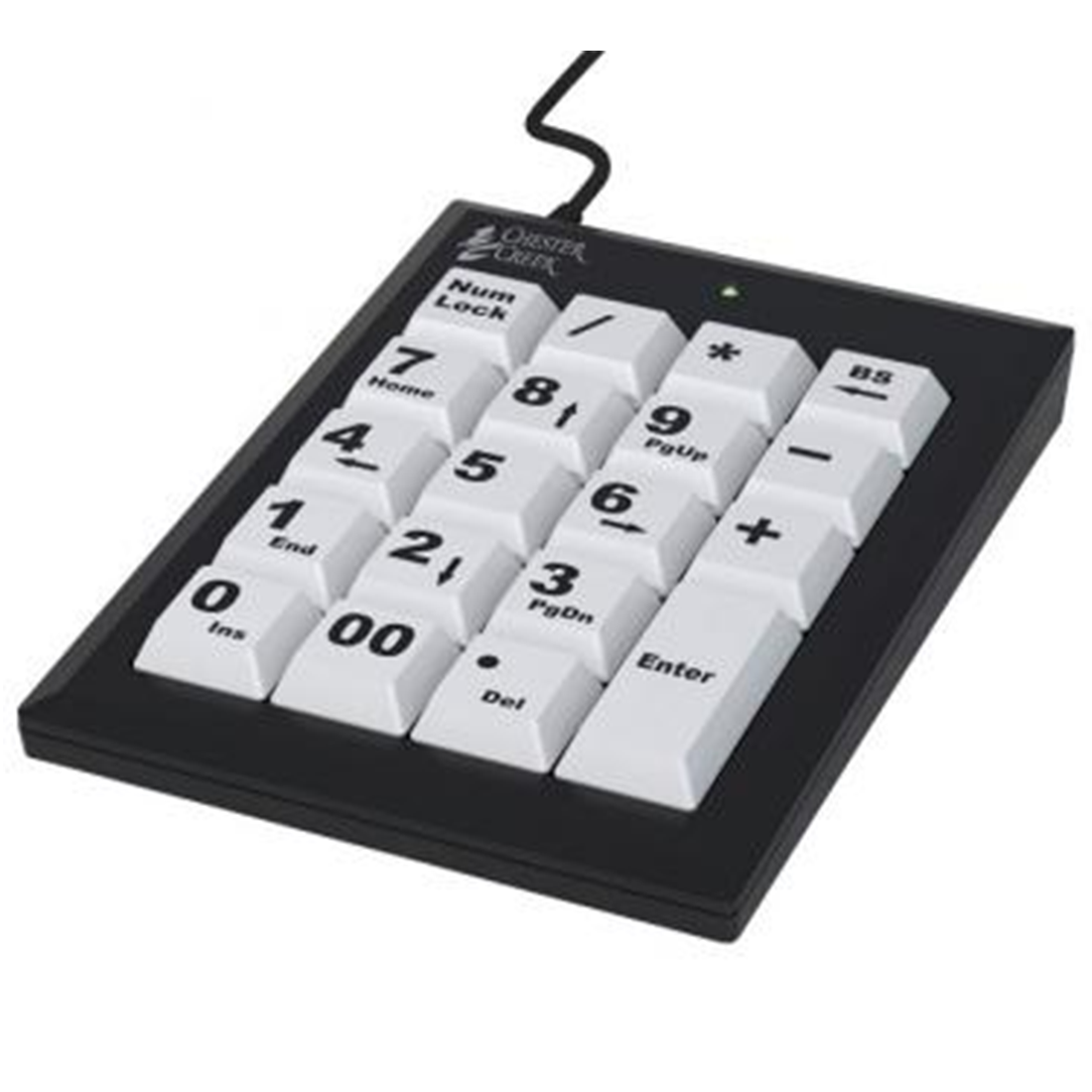

Numeric Keypads at the Beginning of Computers So when it came to data entry on computers, it was only natural to carry the standard tenkey layout forward.
#NUMBER KEYPAD HOW TO#
Generations of clerical workers learned how to operate tenkey machines for accounting-and later, for data entry on early tabulating machines.

By the 1950s, tenkey had become a common key layout for adding machines on the market.Īs electronic adding machines took over from mechanical ones in the 1960s, the tenkey design carried forward. After the patent expired, many companies imitated Sundstrand’s tenkey design. Sundstrand’s company patented the design of the “tenkey” adding machine in 1914, and advertised the layout as being an easier, faster alternative to its competitor’s keypads. The telephone layout originates from a 1960 usability study conducted by Bell Labs to determine the most efficient layout for Touch-Tone push-button telephone devices. Underwood SundstrandĬontrast this layout with a telephone keypad, which features the “1” key in the upper-left corner of the number grid. An ad for a Sundstrand adding machine with a “tenkey” design from 1934. The numbers count upward from 1 to 9 starting in the lower-left corner of the grid. In Sundstrand’s much simpler adding machine key layout, you can see the rudiments of now-standard setup: ten numeral keys, arranged in three rows of three with the “0” key beneath them.


 0 kommentar(er)
0 kommentar(er)
